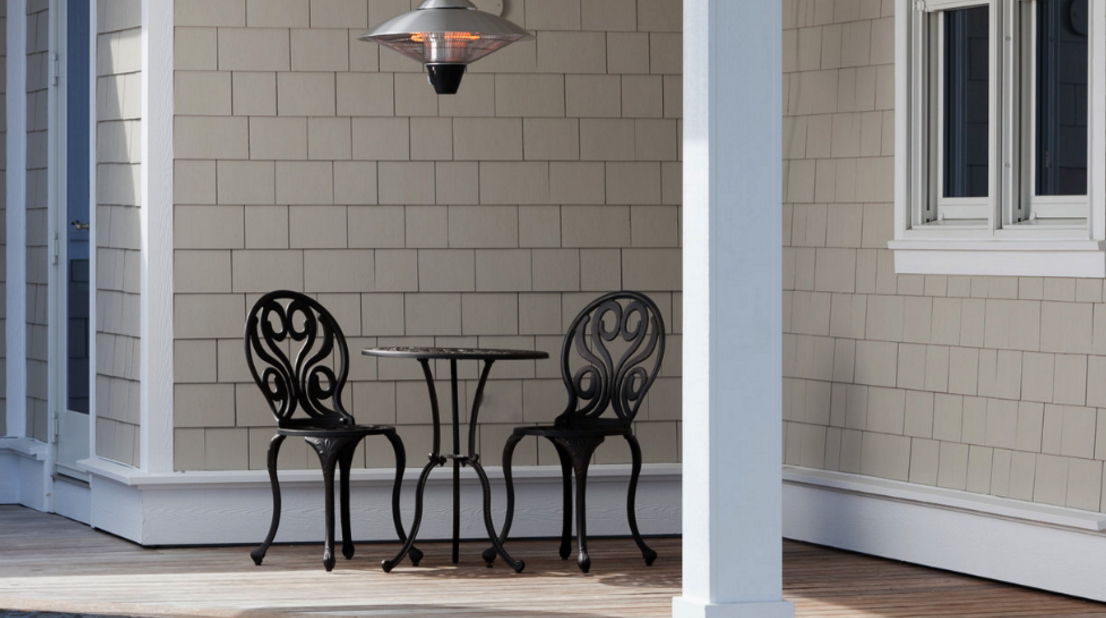Zen gardens are characterized by their minimalist appearance, fine detail and the use of stone, moss sand, or gravel. Traditionally, the Zen garden was designed to capture the essence of nature in a carefully constructed stylization rather than to imitate it directly. These gardens were used as places of solitude, deep contemplation, and meditation. Thinking that this might be your kind of style for your Dutchess County home? Read on!
Do a little or a lot of zen
The Zen Garden, or rock garden, has been borrowed from its original cultural context because of its simple elegance and austere beauty. Contemporary Zen Gardens are unrestrained by tradition and frequently incorporate elements of modern landscape design. In modern homes, a Zen Garden creates a serene focal point that is both attractive and low maintenance. In not-so-modern homes, the effect is simple to achieve with small dedicated zen areas. The idea is to provide the perfect spot to enjoy the peace and quiet of the outdoors.
Not your kind of style? Check out: Country Rustic, Modern Contemporary, and Farmhouse.
Rocks are the most essential part of your zen garden
The Japanese consider the selection of rocks to be the most important step of creating a Zen garden. There is much written about the process of selecting and setting of the stones, but suffice it to say that this is entirely up to your own sense of aesthetic. The purpose of the rocks are to create the sense of “mountains” in the miniature landscape of your rock garden. Because of the intention being to capture the essence of nature, the arrangement of rocks should not be ordered or symmetrical, but rather natural and random with a sense of balance.
Filling
Crushed granite makes the ideal filler for zen gardens as the particles are heavy and won’t wash away in bad weather. Granite will also allow you to choose between white, beige, grey or black, or create a mottled effect combining two or more colors. The coarseness of the particle is up to you, but a coarser, more gravel-like texture is recommended as this more weather resistance. Related: 3 Easy Backyard Ideas for Improving Your Landscaping in Dutchess County, NY.
Borders
Not only is the border of your Zen garden an important visual element, but it will also serve the function of keeping in the gravel or sand forming the bulk of the space. Timber and rustic wood such as railway sleepers make excellent edging for rock gardens. Natural stone or sleek concrete pavers can used for one of two extremes - either random or very unified appearance. Edges of patios and walkways may also form one or more edges of your zen garden.
Flowing lines
Traditionally, the sand or gravel is often raked to form flowing lines resembling the ripples in water or the patterns created by wind blowing across dunes. The use of miniaturized versions of real-life features, such as bonsai trees and rocks representing mountains, are also sometimes incorporated into the landscape design. More elaborate designs make use of water, waterfall features, and footbridges.
Layout
The first thing to be considered for this kind of garden is the space it will take up in your yard. The shape of a Zen garden is generally square or rectangular, but it can also be cleverly woven into the natural form of your existing backyard. One large rock garden may replace your lawn, or you might choose to create several small rock gardens to unite the theme throughout various outdoor spaces.






